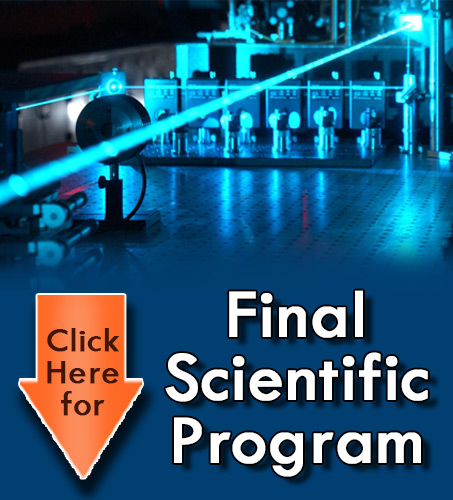
S K Sekatskii
Laboratoire de Physique de la Matière Vivante, Switzerland
Title: Photon crystal–supported surface electromagnetic waves: A tool to study dynamics of receptor-ligand interactions with living bacteria and cells and to launch ultralong propagating surface plasmons
Biography
Biography: S K Sekatskii
Abstract
We present a label-free biosensor based on registration of the photonic crystal (PC)-supported surface waves. s-polarized surface wave is used to detect hanges in the thickness of an adsorbed layer, while p-polarized surface wave provides independent data on the liquid refraction index thus enabling the segregation of surface and volume effects. With this method we achieve mass sensitivity at the level of 0.3 pg/mm2 and refraction index (RI) sensitivity at the level of 10-7 RIU/Hz1/2. Other characteristic feature of this biosensor is large, of the order of 1 micron, surface wave penetration depth into an external media, which enables to study intermolecular interactions not only at (a few) monolayers level, but also for such large objects as bacteria, cell organells and even certain cells. We elaborated a chitosan-based protocol of surface modification of the sensor chip enabling to produce sufficiently dense and homogeneous (mono) layers of live E. coli bacteria and then these layers have been exploited as a generic “immobilized receptor layer” to study for the first time kinetics of adsorption of different ligands onto their (i.e. living bacteria’s) surface. Other applications of our approach are the use of specially prepared PC with thin (8 nm) metal layers to support ultralong plasmon propagation in Pd (for ultrasensitive hydrogen detection) and Co (for magnetoplasmonics) and in Au in blue and UV spectral ranges. (Note that in all these cases this is meaningless to speak about plasmons without PC: the plasmon propagation length is just of the order of wavelength).

